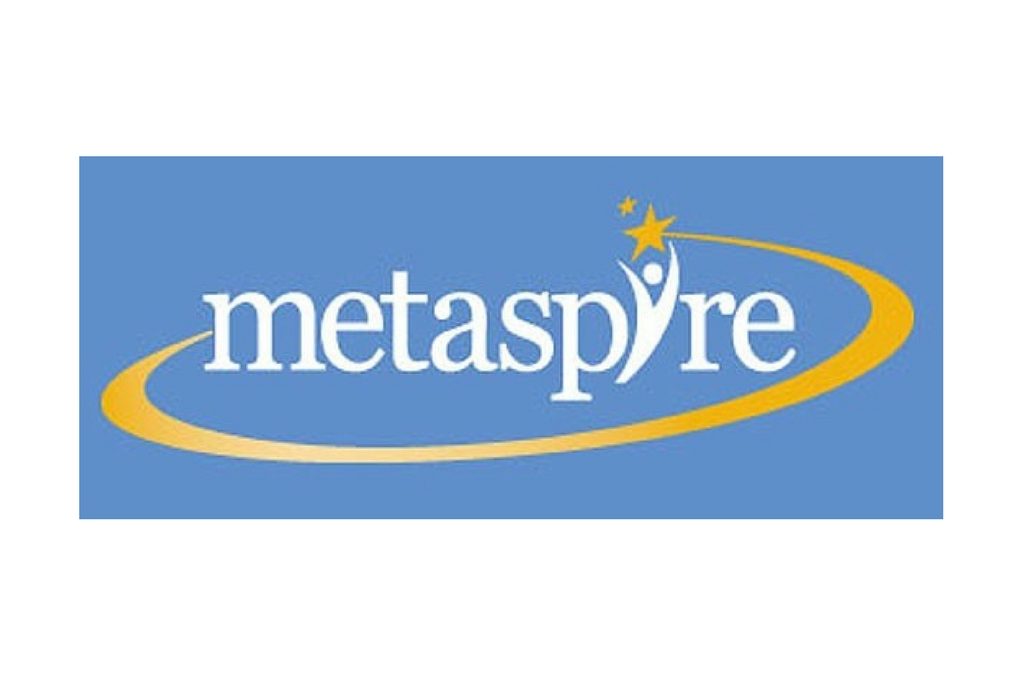With massive regulatory and economic challenges we face today, many organizations strive to align organizational strategies with architectural decisions. For most organizations, Information Technology driven efforts have not been effective in driving architectural decisions. A greater emphasis must be made in the development and socialization of the organization’s Strategic Architecture, led by Business Experts and supported by Information Technology.
Strategic Architecture is a natural evolution from the organization’s strategic planning efforts. Strategic planning information collected and documented must be modeled in such a way that bi-directional architectural impacts can be clearly identified and articulated. We may vary slightly on our identification of the strategic architectural components, but we should all agree that a Strategic Architecture establishes the roadmap for an organization’s remaining architectures (Business, Information /Applications/ Data and Technology).
Metaspire defines Strategic Architecture as those business components that identify who an organization is and what drives the decisions made. The remaining architectures should support an organization’s decision making process. Our approach to architectural development is grounded in a process that is collaborative, business driven and focused on information collection. Defining business information attributes and relationships between business information components distinguishes Metaspire from other companies in the industry. Some common business information components include: Mission, Vision, Goals, Metrics, Objectives, Environmental Influences, Opportunities, Capabilities, Strategies, Projects, Plans and Funding Arrangements.
Irrespective of the initiation point, top down, bottom up or middle out, the ability to continuously maintain and improve a competitive advantage lies in an organization’s ability to “scale” their architectural landscape.


